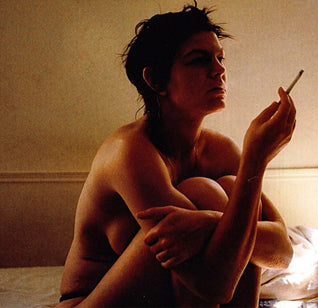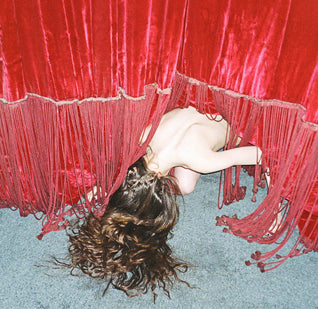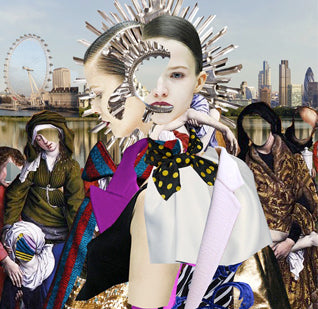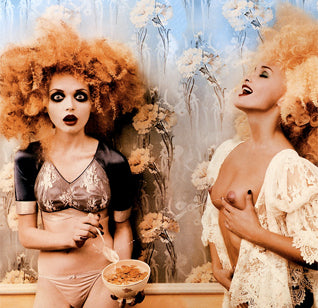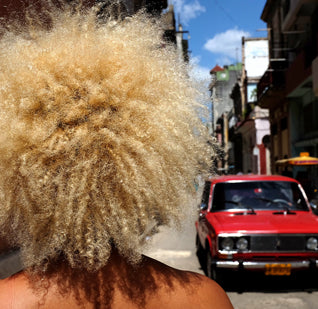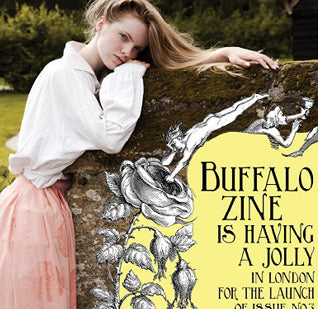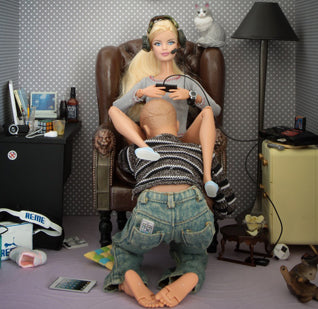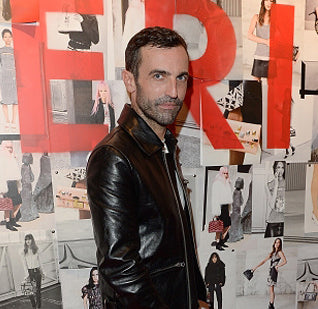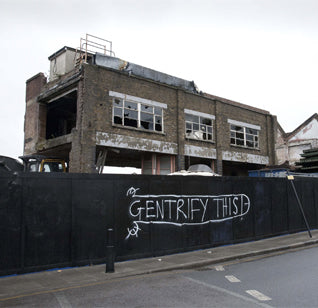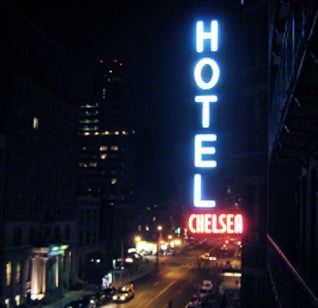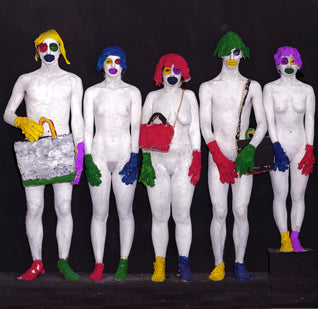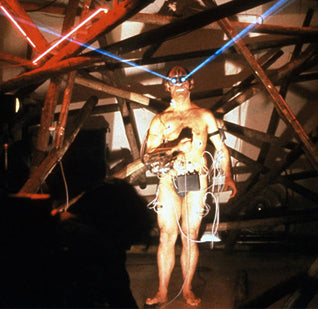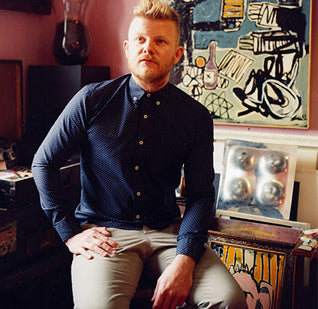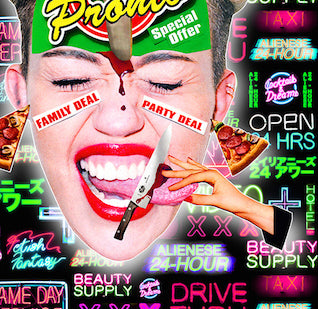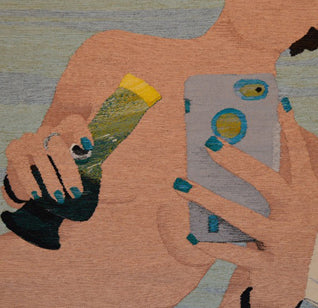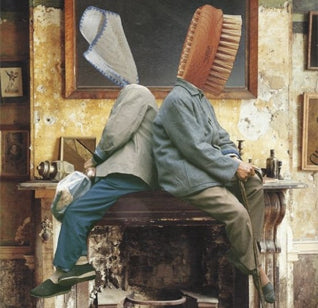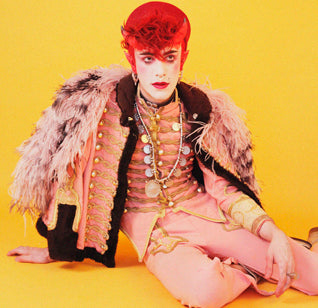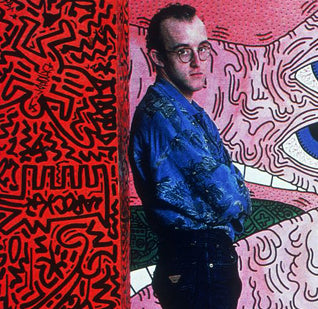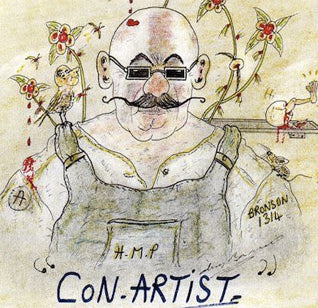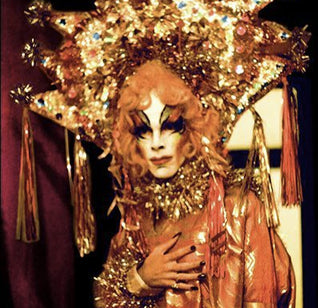REGENERATION OR GENTRIFICATION?
The changing face of London’s artistic communities
by Peter Yeung
It’s no news to Londoners that the faces of the capital’s creative communities are changing every day. From Soho to Hackney Wick and Dalston Junction to Peckham Rye, flows of new people, from new sorts of social backgrounds, are altering how London’s artistic communities operate; where they can exist; how they can live. It’s already happened in Camden and Islington, and now development is so rapid that the change is noticeable before our very eyes: a blog-hyped cereal cafe will supersede an independent bookstore, a corporately-sponsored pop-up store will replace a community centre in the blink of an eye. This is the sort of change that surely nobody desires.

The process can be summarised as follows: artists move to a cheap, undesired location. Said artists reinvigorate the area, carving out a cultural scene. Prices rocket, and artists are forced to move out, as wealthier inhabitants move in. Cynics describe the process as “artwashing”: the way that artists are used to freely renovate somewhere, paving the way for properties to be bought cheaply (and sold at extortionate rates) by big business. "Many areas of the city die when they become too expensive," says Grayson Perry, the prominent English artist who lived rent-free when he first moved to London. "I came to London, I was very lucky, at a time when you could still squat in central London and survive here and have enough space to have a studio to work. But now, young artists coming to London - where would they even start? The rents are unbelievable. It's frightening."

It’s not that gentrification is a new story. In his history of Bohemia in the US, historian Albert Parry wrote about the correlation between artists and the rise of the real estate market in the 1860s and 70s. A century later, this process took hold of New York's Lower East Side, with galleries and studios being fashioned out of the warehouses and lofts left in the wake of Fordist industrialisation (even now, projects such as No Longer Empty are attempting to utilise these spaces). Yet the complexity of gentrification is most clearly seen in the case of San Francisco – initially, hippies were the gentrifiers, occupying neighbourhoods such as Haight Ashbury. Their appearance certainly wasn’t viewed in wholly positive terms at the time, and yet, given the current influx of tech workers from the likes of Apple and Google, those seem like halcyon days.

London is a particularly complex example, due to the fact its housing market is now treated as an investment safer than gold for foreign investors. London’s avant-garde heartland is found in the East, and the example of Brick Lane is an apt one. It began as an industrial, working-class district, manufacturing brick and tile in the 15th century, it was then taken over by French Hugenots towards the turn of the 20th century, Jews and Irish then moved in, followed by a Bangladeshi contingent, and most recently, the hipsters and techies, transforming it into a sort of first world human-zoo for tourists. When in the past, artists could settle in dilapidated corners in the centre of the city, London’s artistic creativity – rocket-propelled by the 2012 Olympics – is increasingly being shunted out to the margins.

Even in historically-wealthier neighbourhoods in London, art is losing out. In and around St James and Mayfair, affluent places renowned for their rich art history traditions, galleries such as Waddington Custot have been given notice. "I am an angry old man," says veteran owner Leslie Waddington. "Cork Street has been built up over the years and relies on a
mix of different galleries. We are the victims of a kind of commercial fascism, where those making decisions based on profit feel they are unaccountable." The same situation is paralleled south of the Thames. Will Jarvis of Peckham’s contemporary art gallery and studio complex The Sunday Painter believes that this predicament will only worsen. “If things continue in this manner, eventually artists will be forced out of the city and into suburbs. Where could we congregate?”

David Harvey, the celebrated Marxist geographer, once observed that it was “really quite a strange thing that the bourgeois has no imagination”. Gentrification is to an extent an inevitable process, and it shouldn’t necessarily be lamented, yet at the same time, it doesn’t have to result in cultural vacuity. It doesn’t have to result in bland homogeneity. The very recent destruction of a mosaic by Sir Eduardo Paolozzi, radiant and prismatic, as part of Tottenham Court Road’s regeneration was avoidable, as is the demise of the nearby Denmark Street, the erstwhile music hub of a very musical city. Art, not an organic pop-up coffee shop, is what we must value, or in the not-too-distant future, our cultural symbols and markers will all be gone.










